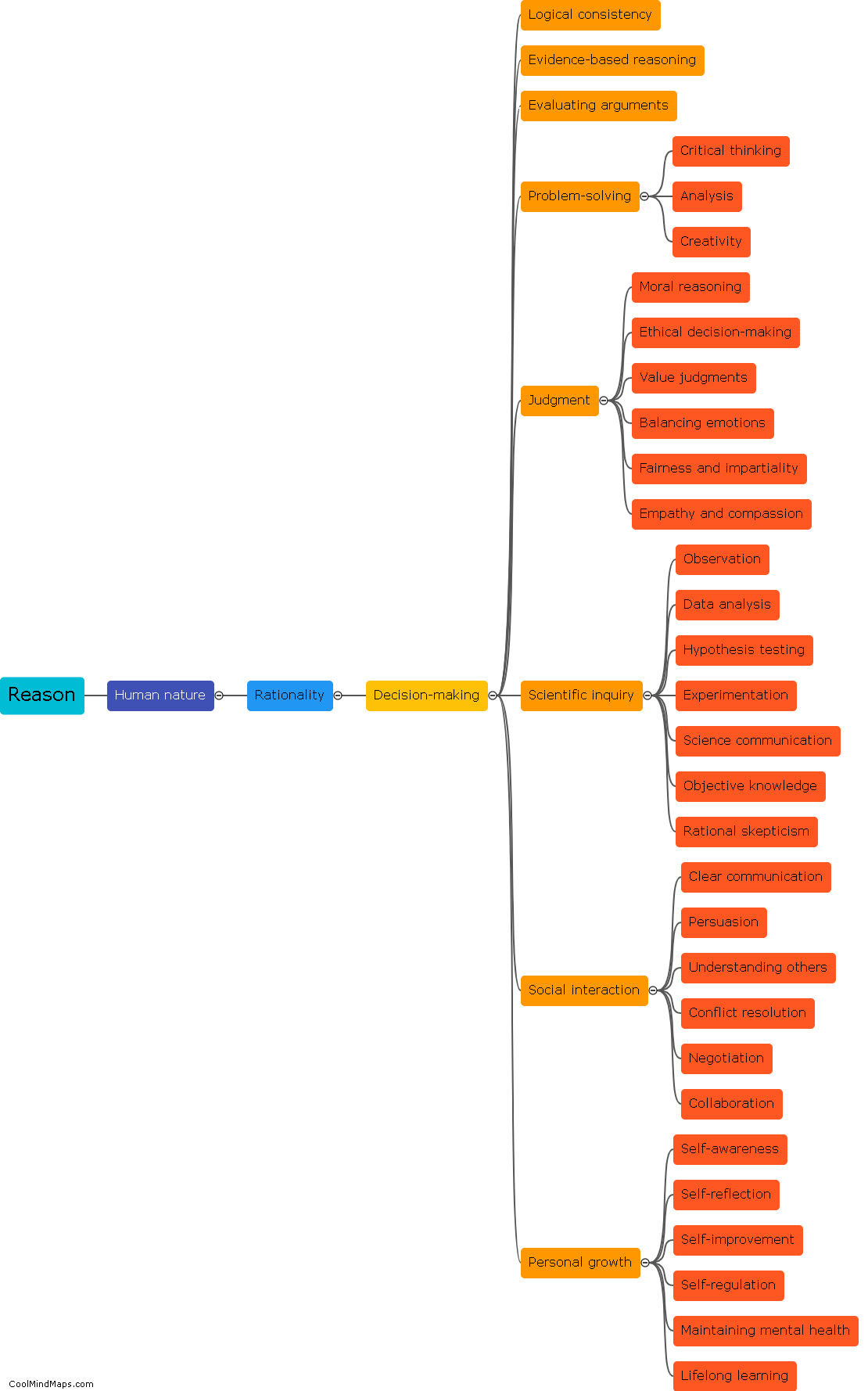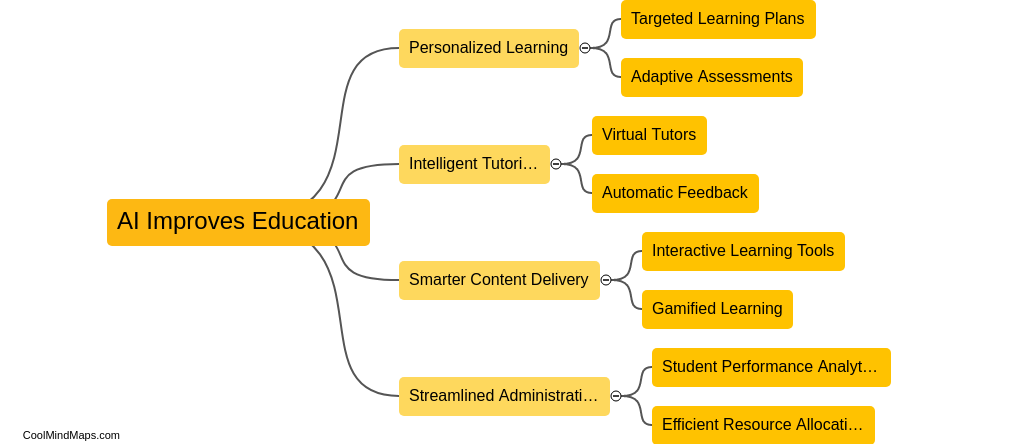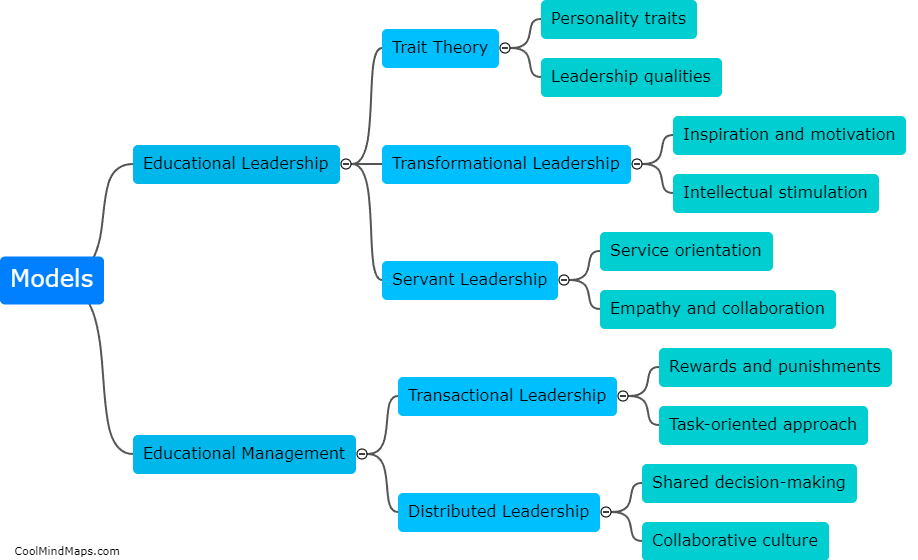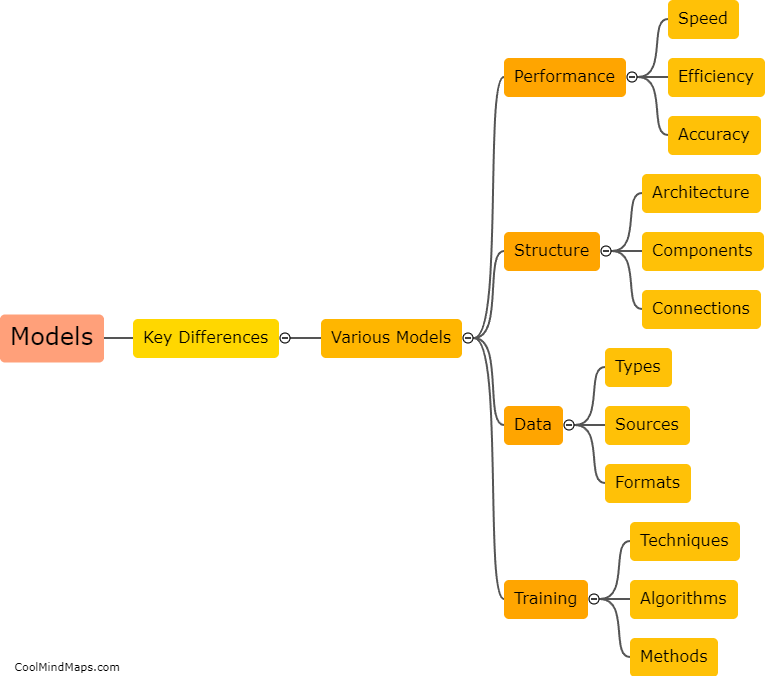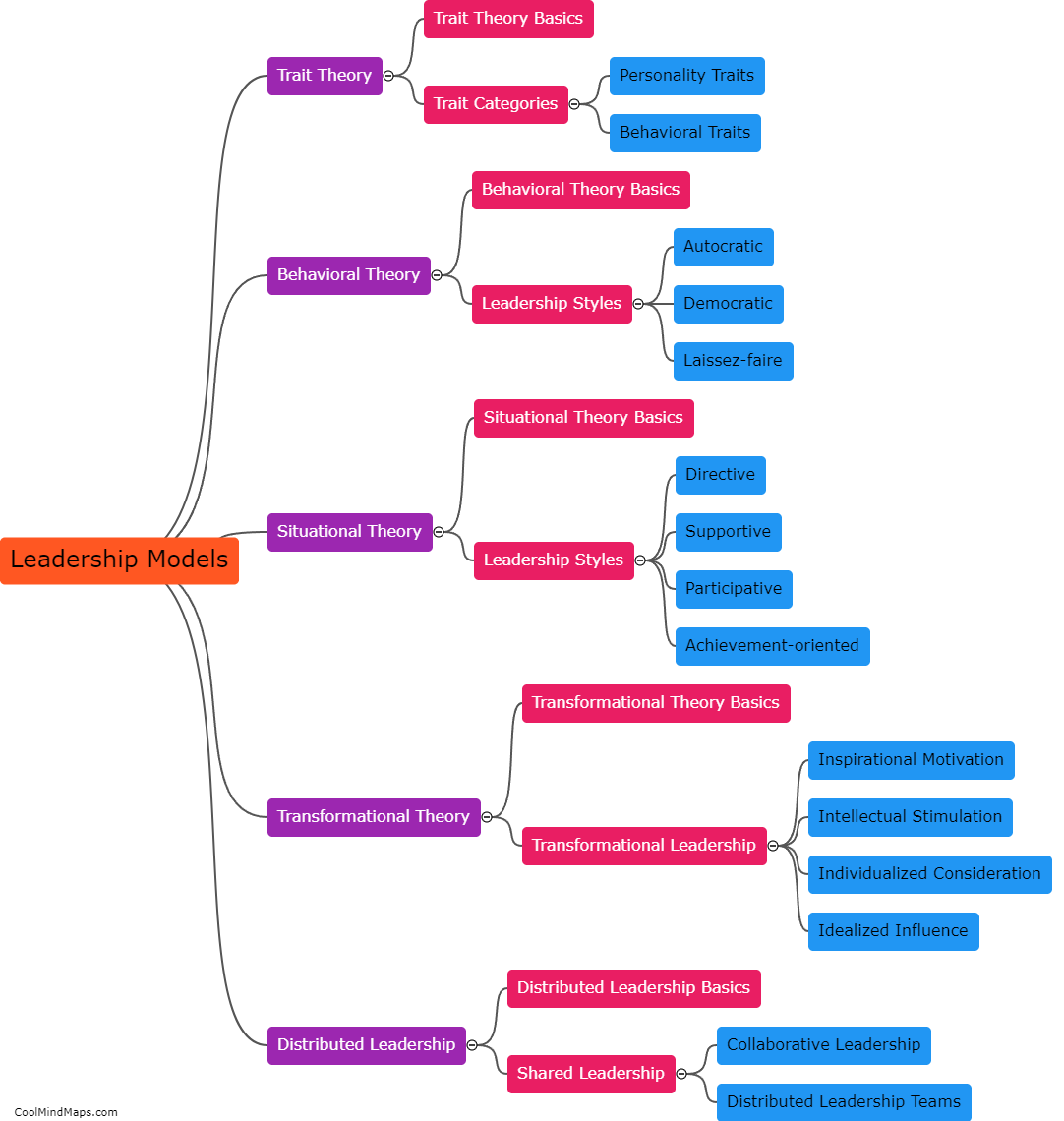How do models of educational leadership differ in their goals?
Models of educational leadership differ in their goals based on the perspectives and theories they are built upon. Traditional models focus on maintaining the status quo and efficiency, aiming to manage educational systems and achieve the predetermined objectives within it. In contrast, contemporary models prioritize transformation and change, emphasizing the development of collaborative learning communities, fostering critical thinking and creativity, and promoting student-centered approaches. These models aim to empower teachers and students, enhance the overall quality of education, and prepare students to become active and engaged citizens. Additionally, some models of educational leadership also prioritize social justice, equity, and inclusivity, advocating for educational policies and practices that address the needs of marginalized and underrepresented groups. Overall, goals of educational leadership models range from maintaining efficiency to transforming educational systems, and can vary depending on the underlying theories and perspectives.
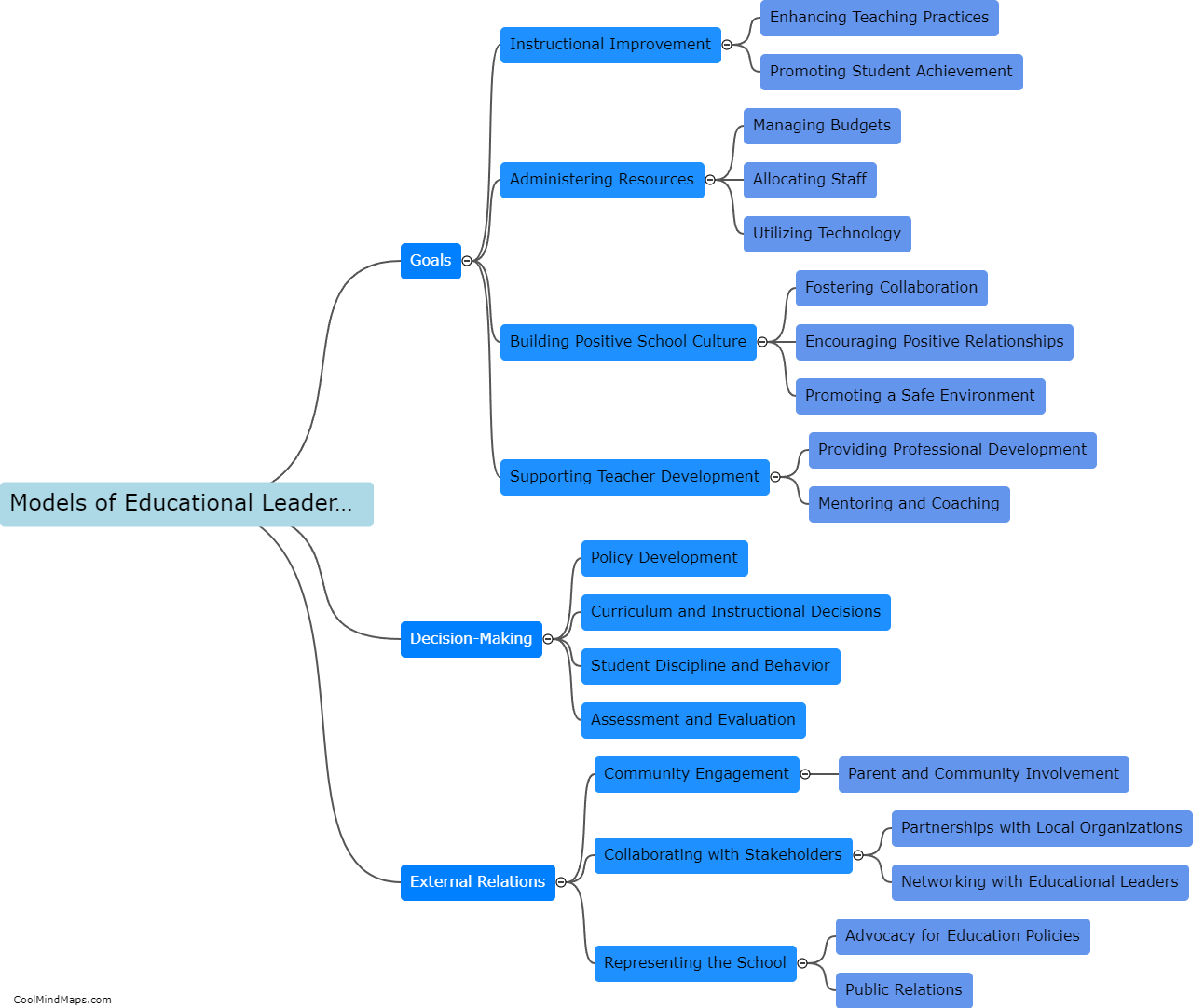
This mind map was published on 28 November 2023 and has been viewed 162 times.
